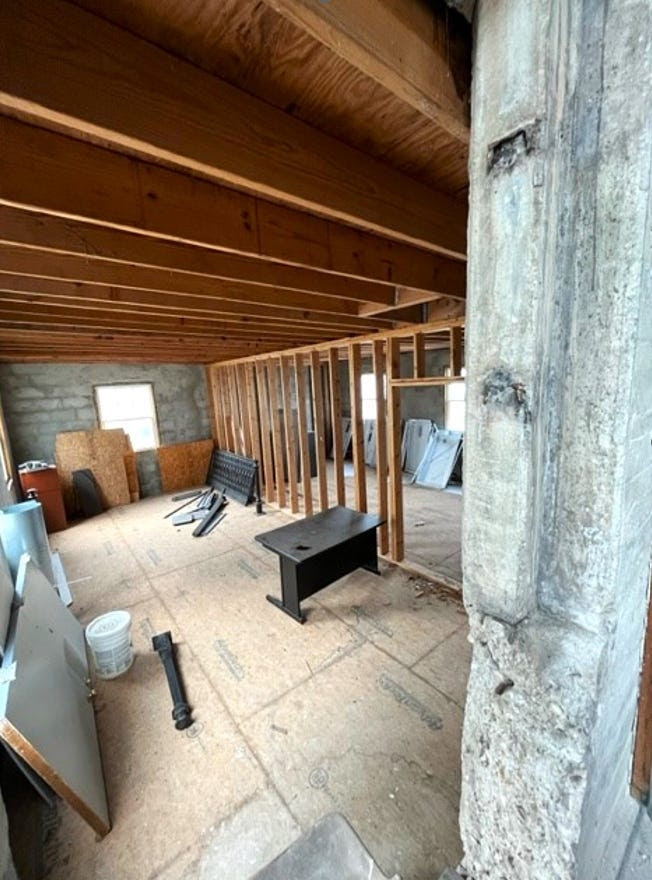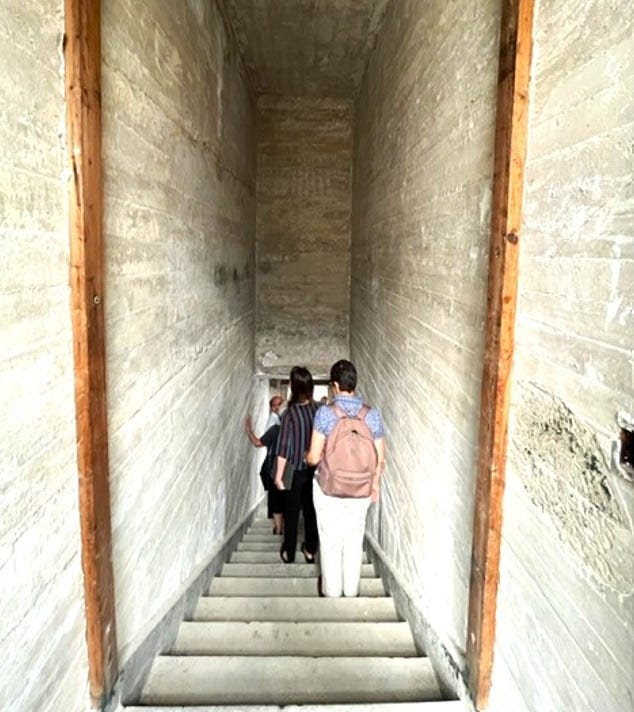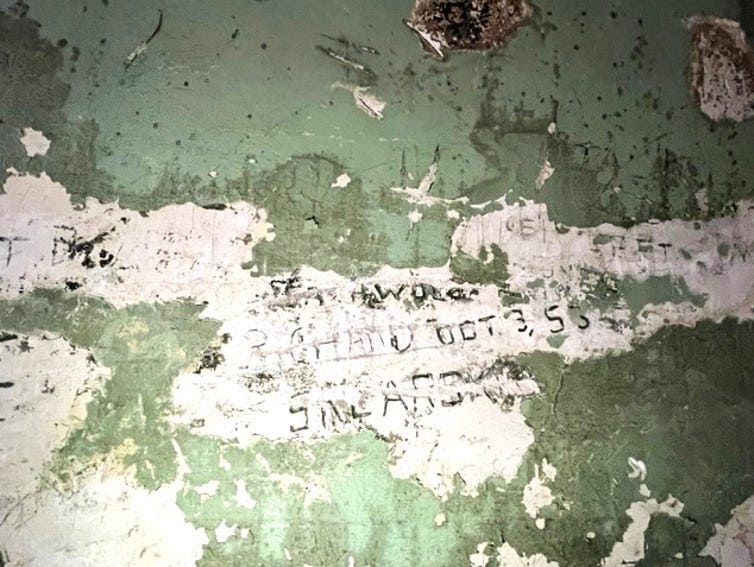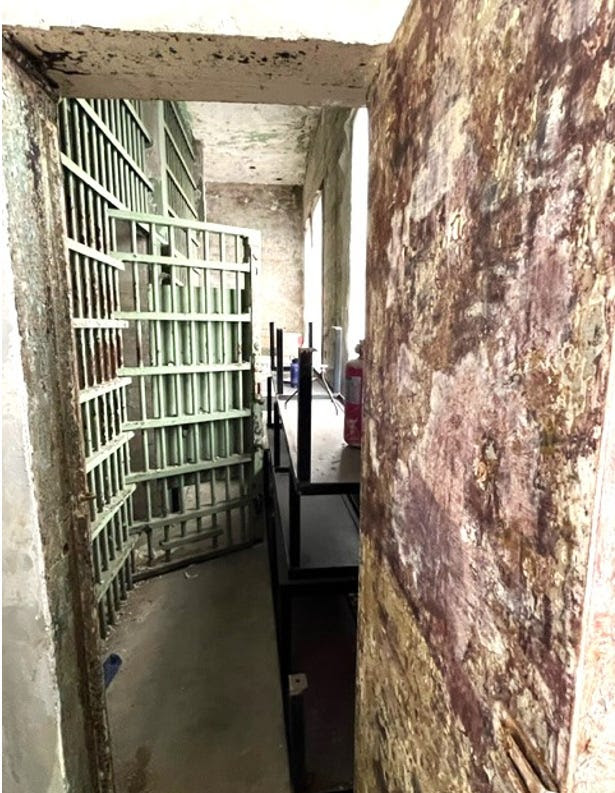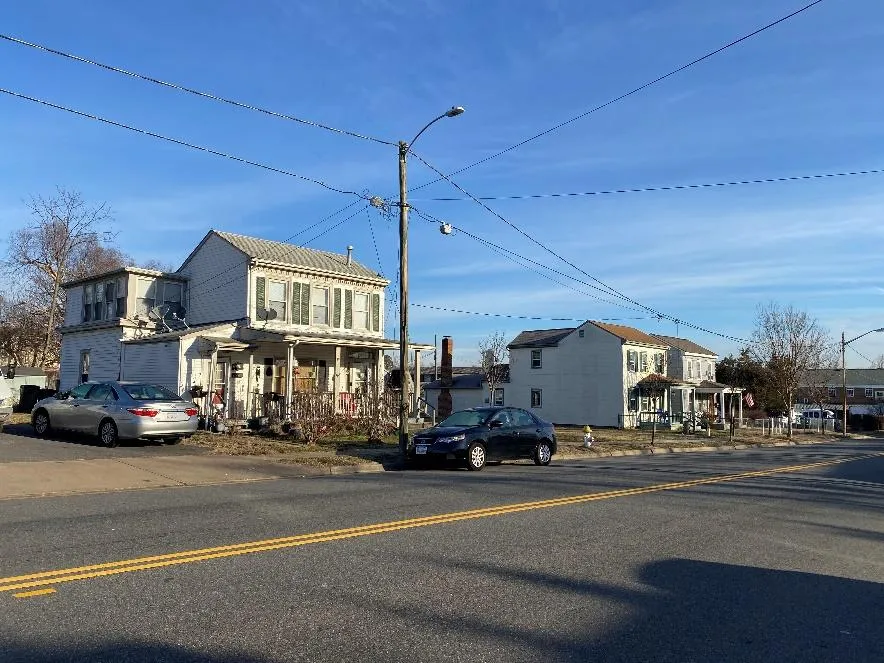
Tucked away behind its more famous neighbor, the Renwick Courthouse, the old jail seldom generates any interest for passersby. Little significant research has been done on it, and it is not a stop on any of the city’s historic tours. Yet it is one of the more interesting and unique buildings downtown.
Fredericksburg’s first recorded jail was built in 1741. It is believed that the earlier jails were located on the courthouse lot, in the area of the current building. The city’s fifth jail was built on the current site in 1852, at the same general time as the construction of the Renwick Courthouse.
There are no doubt many interesting stories to be uncovered about the old jail. Retired National Park Service Historian John Hennessy recently uncovered two stories that merit further attention. One documented a hanging in October 1899 and the other, an attempted lynching in May 1904.
In the October 8, 1889, edition of the Fredericksburg Free Lance, it was reported that Paul Keyes, referred to in the story as, “a colored quack doctor,” was convicted by an all-white jury of assaulting a young girl and was sentenced to hang. His attorney, A. H. Dickenson, unsuccessfully attempted to have the sentence reduced to life imprisonment. The May 28, 1889, edition of the Free Lance printed Mr. Keyes’ statement in which he denied ever seeing the girl and professed his innocence up to the time of his execution. None of the stories found to date on the trial elaborate further on the case against Keys.
Reported in the May 17, 1904, edition of the Daily Star, Charles A. Blandford an African American had been placed in the jail “on a serious charge.” In the early morning hours of the following day a crowd assembled outside the jail with the intent of removing Blandford from the jail and lynching him. The story notes that officers Chichester, Hall, and Richardson intervened to disperse the crowd, having at one point to discharge a pistol into the air. Richard Wheeler and Richard Hicks were arrested for attempting to break into the jail, while Turner Stevens was later identified as assisting with the break-in. The final disposition of the case against these men and the charges against Mr. Blandford require additional research.
The current “old” jail was built in 1928, using reinforced poured concrete. A cinder block addition was added in the 1940s. Its foundation incorporated parts of the city’s fourth jail built in 1805, which is still visible along the back alley. It was the city’s sixth jail and remained in use until 1968 when the first regional jail opened. It continued to be used as the police Department headquarters until it was moved in the 1970s.
I recently had the opportunity to tour the building as a member of the working group tasked with determining a future use for the Renwick Courthouse, the Wallace Library, and the old jail. Here are some of the photos I took during the tour. From what I have learned about this building in a very short time, I know I will be circling back to do a deeper dive into the history of the city’s jails.
By Matt Kelly





